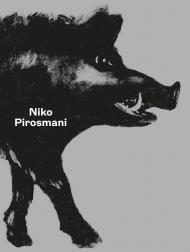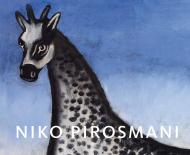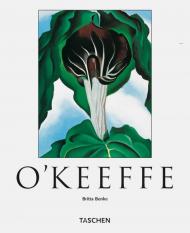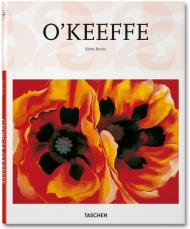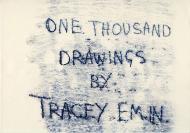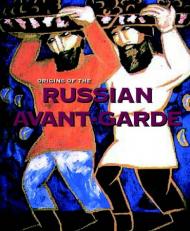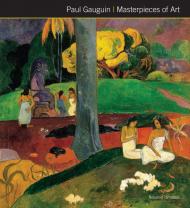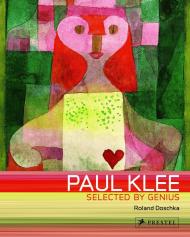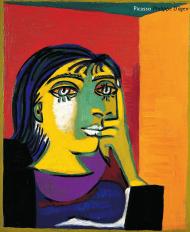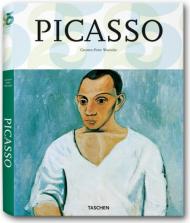A Legendary Artist Revisited
Unknown to many, Niko Pirosmani is revered as a legend in his native Georgia. Conveying a sense of poignant empathy, his portraits, animal paintings, landscapes and scenes from everyday life painted around 1900 in a flourishing Tbilisi draw on medieval iconography and testify to a deeply felt sense of belonging. At the same time, the avant-garde recognised a novel and radically new form of painting in his work. Like Henri Rousseau or Marc Chagall, Pirosmani is one of the exceptional yet difficult to categorize proponents of early modern art.
This catalogue demonstrates Pirosmani's qualities in numerous illustrations, showing how his rapid brushstrokes on black oilcloth give the sparsely applied colors a glow as if coming from a dark depth. Pirosmani was a master of concentration-and a storyteller. As expertly explained in the catalogue by a selection of Georgian art historians, he was a unique artist, a contradictory figure and an important part of the art scene in Tbilisi, then considered the "Paris of the East."
About the Author:
Born into a peasant family, Niko Pirosmani (1862 – 1918) arrived in Tbilisi in 1870. Painting portraits and tavern signs for room and board, he came to the attention of the Georgian and Russian avant-garde in 1912, who presented him a year later as the “Rousseau of the East” in the Moscow exhibition Mischen alongside works of Natalia Goncharova, Mikhail Larionov, Kazimir Malevich and Marc Chagall. An exhibition in Paris was planned, yet never to happen due to the First World War. Pirosmani died impoverished in 1918. Today he is Georgia’s most celebrated artist.
